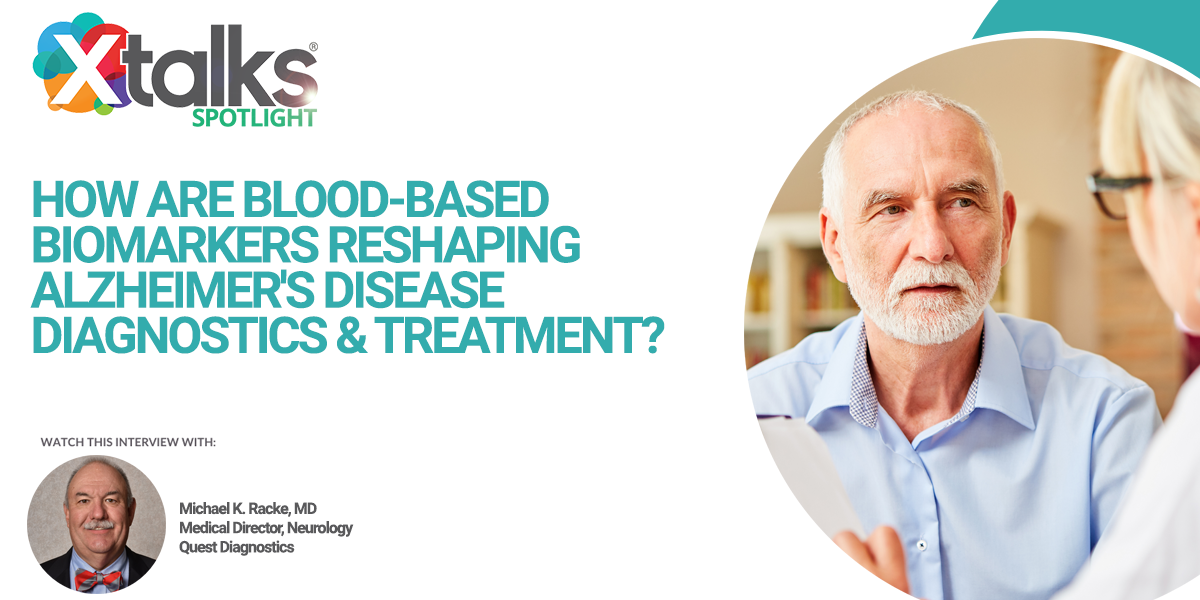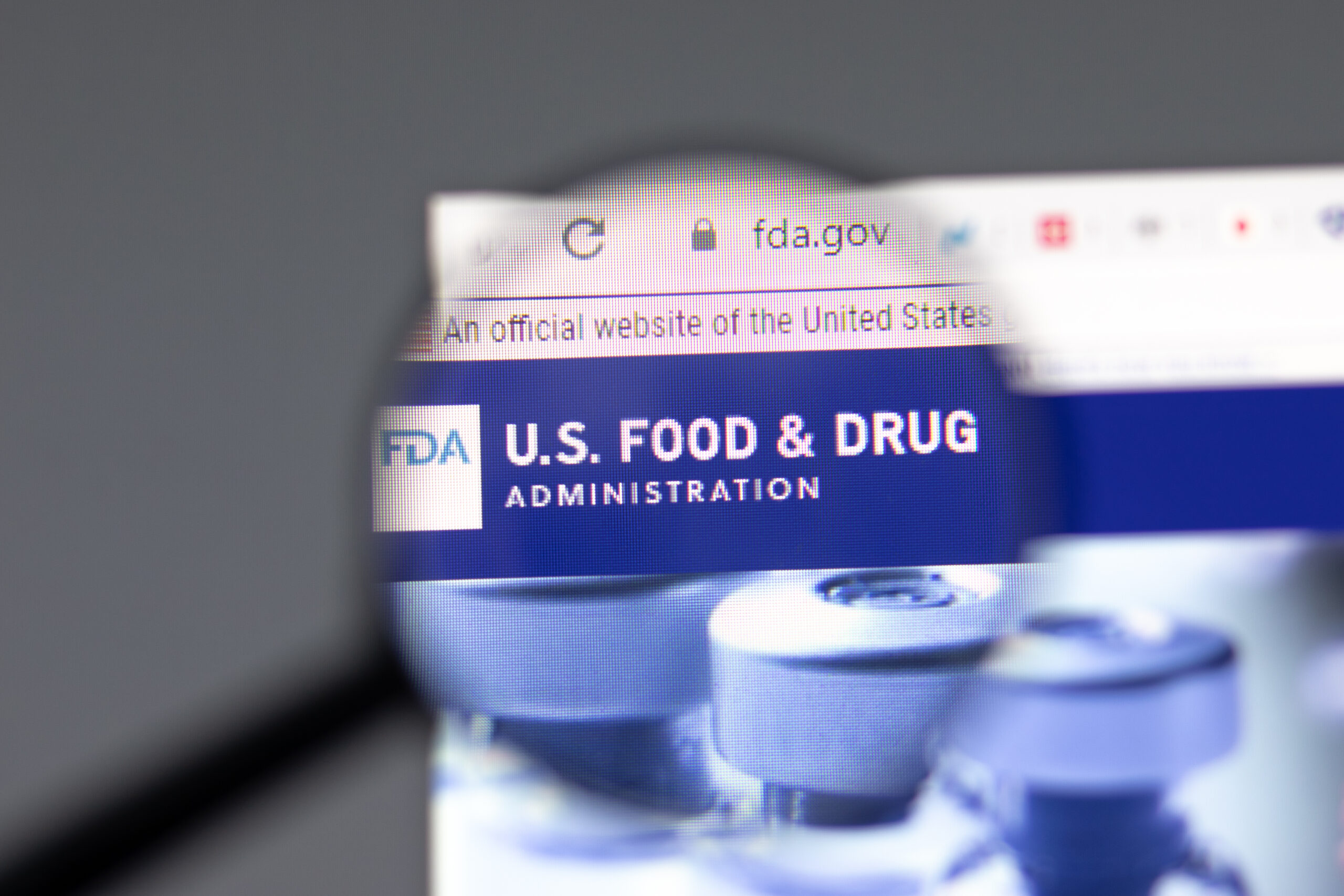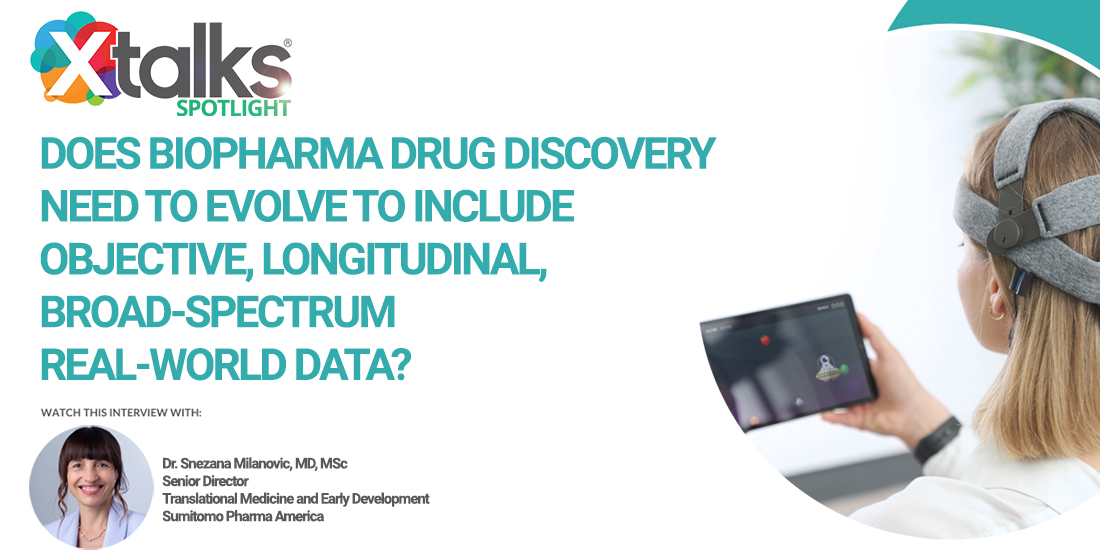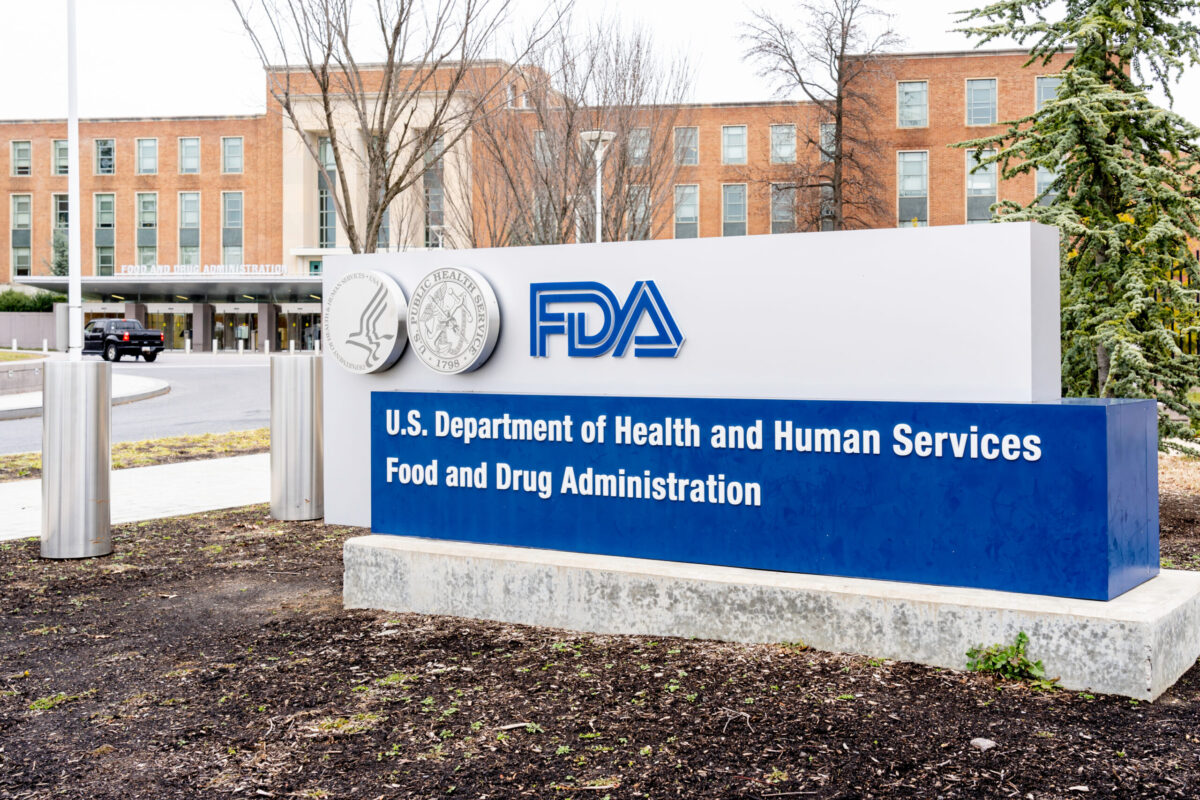New findings suggest that soldiers with high blood pressure before taking medication for post-traumatic stress disorder (PTSD), may respond better to the treatment. The results – which were published in the journal, Biological Psychiatry – suggest that blood pressure could be an accurate biomarker for predicting treatment response.
Prazosin is an effective drug used to treat the symptoms of PTSD. Unfortunately, about one in every three patients – irrespective of symptom type or severity – fails to show any improvement on the medication.
“These findings suggest that higher standing blood pressure is a biomarker that can contribute to a personalized medicine approach to identifying soldiers and veterans with combat PTSD likely to benefit from prazosin,” said study leader Murray Raskind of the VA Puget Sound Health Care System and the University of Washington in Seattle. As blood pressure is easily measured, it could offer significant clinical utility as a biomarker for treatment response, potentially guiding clinicians in their treatment recommendations.
Prazosin works by blocking the α1-adrenergic receptor (α1AR), thereby reducing the effects of adrenaline and noradrenaline, which are released in times of stress. “It would make sense if prazosin was most effective in those patients with the greatest activation of noradrenaline systems,” said John Krystal, Editor of Biological Psychiatry.
Since activity of α1AR cannot be directly measured in patients, the researchers identified a peripheral biomarker which is related to the receptor’s activity. Stimulation of α1AR by noradrenaline is thought to increase blood pressure, therefore the researchers hypothesized that this measure could be useful in assessing α1AR activity.
To test this hypothesis, Raskind and his colleagues analyzed the PTSD symptoms and blood pressure readings collected from 67 soldiers who had previously served in Iraq and Afghanistan. Thirty-two participants were randomly assigned to receive prazosin, while 35 patients were given a placebo for the 15 week study period.
“Pretreatment standing systolic blood pressure strongly predicted response to prazosin,” said Raskind. Participants with a higher initial blood pressure saw a significant improvement in their PTSD symptoms, compared to the control group.
“The increase in blood pressure in these PTSD patients may be a biomarker for patients who are more likely to benefit from prazosin,” said Kystal. “If so, it may be a useful indicator of activation of noradrenergic activation associated with PTSD in these patients.”












Join or login to leave a comment
JOIN LOGIN